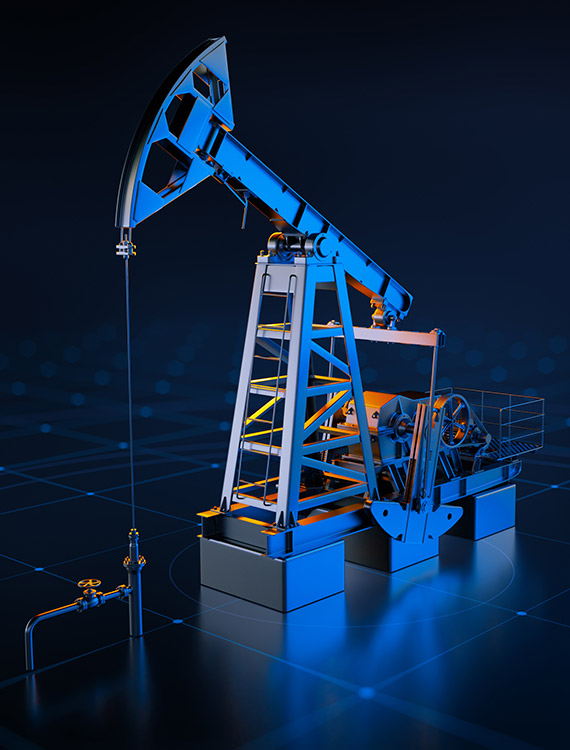Advancements
Sustainable development is one of the main trends in the oil and gas industry to help reduce greenhouse gas emissions and improve energy efficiency.
The oil and gas sector is also actively engaged in studying new production methods and techniques, such as hydraulic fracturing and horizontal drilling to produce oil and gas from harder-to-reach fields. Furthermore, the industry continues to put a lot of emphasis on innovations in the field of production process management and monitoring, as well as invention of new materials and tools for oil and gas processing of higher efficiency and eco-friendliness.
The main contemporary trends in the oil and gas industry are higher demand for power consumption and transition to renewable energy sources, as well as introduction of new technology, such as Robotic Process Automation, Artificial Intelligence, Virtual Reality. Obviously, such trends have strengths and limitations and require further studies to promote the sustainable development of the industry towards a brighter future.

Using Artificial Intelligence in oil and gas has been one of the most important breakthrough technologies in recent years. It boosts production efficiency, minimises risks and related costs, as well as ensures safety of personnel. Artificial Intelligence can automatically detect malfunctioning, which results in faster operation troubleshooting and problem solution. It is also possible to use AI to predict changes in operating conditions, which allows for prompt decision-making and risk management. Consequently, the application of Artificial Intelligence in oil and gas has been promising enough to enhance performance and safety for this critical industry.
In the world of today, robotics in the oil and gas sector is particularly relevant as a prospective line of development. Robotic assistance and automation can boost the efficacy and safety of oil and gas production, transport and processing. Assumedly, robots can perform hazardous and time-consuming tasks under high temperature and pressure conditions, as well as monitor and control quality assurance. Moreover, Robotic Process Automation can reduce labour costs and achieve higher accuracy and speed of operations. However, the use of robots in oil and gas may be technically or economically challenging because of costly equipment and personnel training. In broad terms, Robotic Process Automation is a huge step towards high-performance and safe oil and gas, so the progress in this area will continue years ahead.
Similarly, Virtual Reality may open up new opportunities for the improvement of oil and gas processes. VR enables simulation modelling of oil and gas fields that facilitate drilling and production. Such 3D models help experts visualize places for drilling a well, which reduces associated risks. In addition, VR can be used for oil and gas personnel training. This technology can build 3D simulations of different events for personnel training without exposure to potential hazards in real life. Application of Virtual Reality to oil and gas shows how innovation can help improve processes in areas that require high precision and compliance with stringent safety rules.
MNKT is always on the watch-out for new industry trends that can be put into practice.
